History classes often focus on well-known events, but many fascinating stories are left out. From forgotten battles to hidden discoveries, there’s much more to our past than we realize. These overlooked moments shaped the world in unexpected ways. Let’s explore some historic events you probably didn’t learn about in school.
The Tulsa Race Massacre (1921)
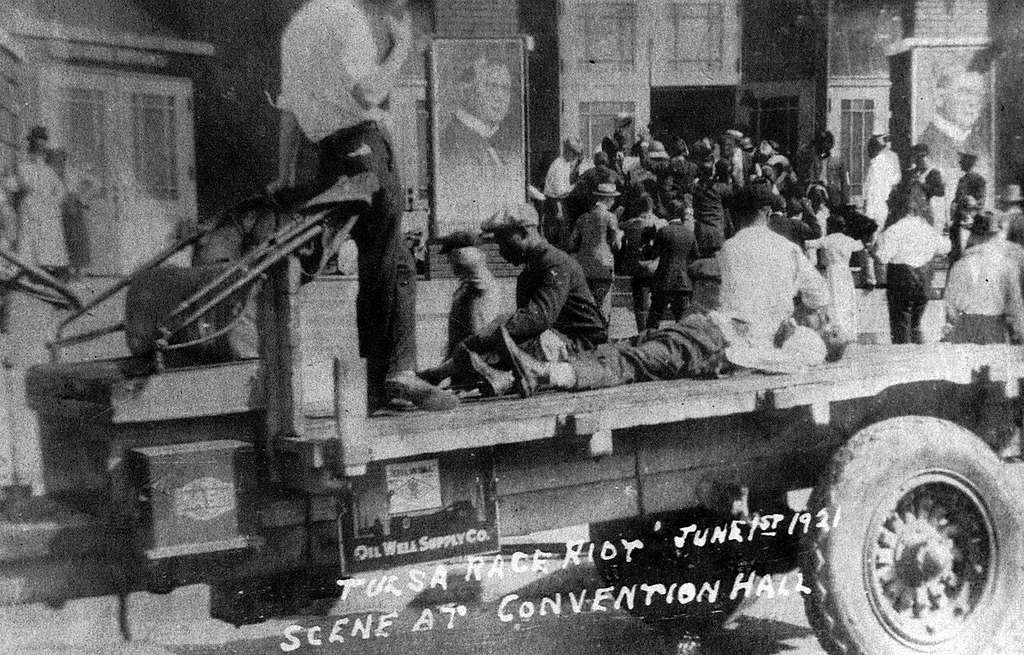
The Tulsa Race Massacre was one of the most devastating acts of racial violence in American history. It occurred in the prosperous Black community of Greenwood in Tulsa, Oklahoma. White residents attacked the community, destroying homes and businesses and killing an estimated 300 people. The event was largely ignored in history books for decades.
The Dancing Plague (1518)
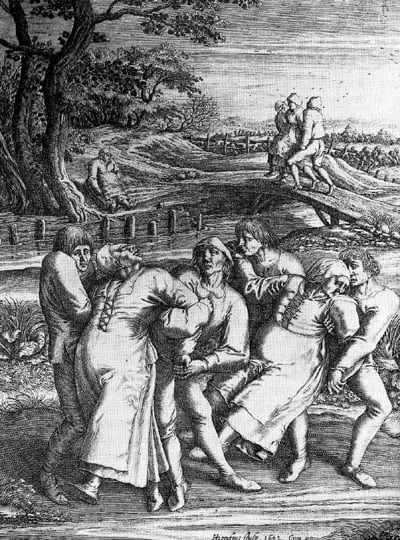
In 1518, residents of Strasbourg, France, were struck by a bizarre and deadly phenomenon. Hundreds of people began dancing uncontrollably in the streets, unable to stop for days. Many died from exhaustion or heart attacks. The cause of this “dancing plague” remains a mystery.
The Battle of Blair Mountain (1921)
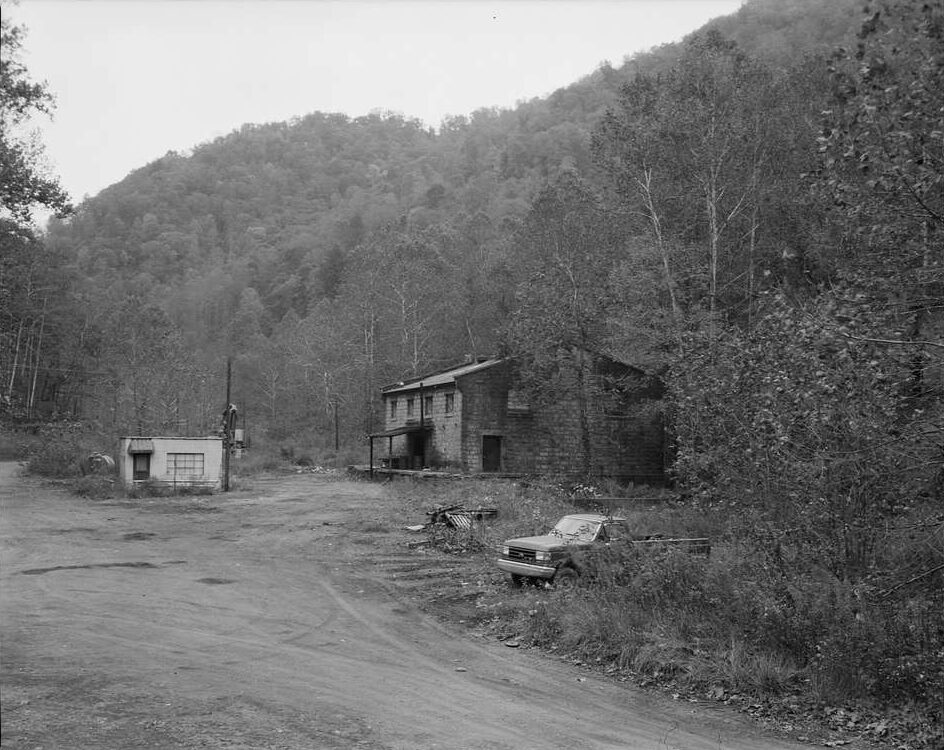
The Battle of Blair Mountain was the largest labor uprising in U.S. history. Over 10,000 coal miners in West Virginia fought against local law enforcement and strikebreakers. The conflict was a result of harsh working conditions and low pay in the coal mines. It ended when federal troops intervened, but it had a lasting impact on labor rights.
The Emu War (1932)
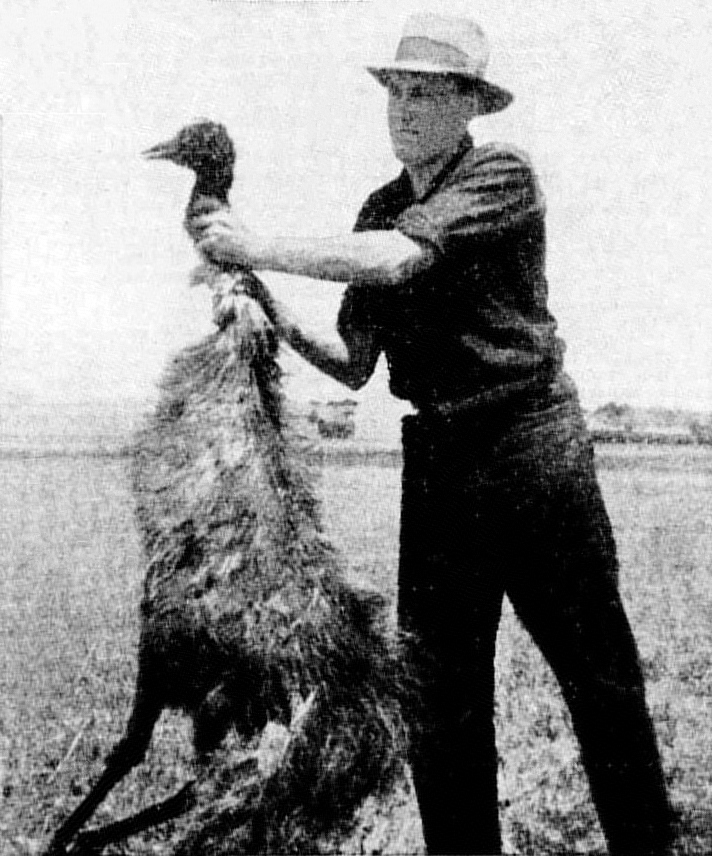
The Emu War in Australia wasn’t a traditional war but an attempt to control the emu population. After World War I, emus invaded farmland, causing significant crop damage. The government sent soldiers armed with machine guns to cull the emus, but the birds proved surprisingly resilient. The “war” was ultimately unsuccessful, and the emus won.
The Great Smog of London (1952)
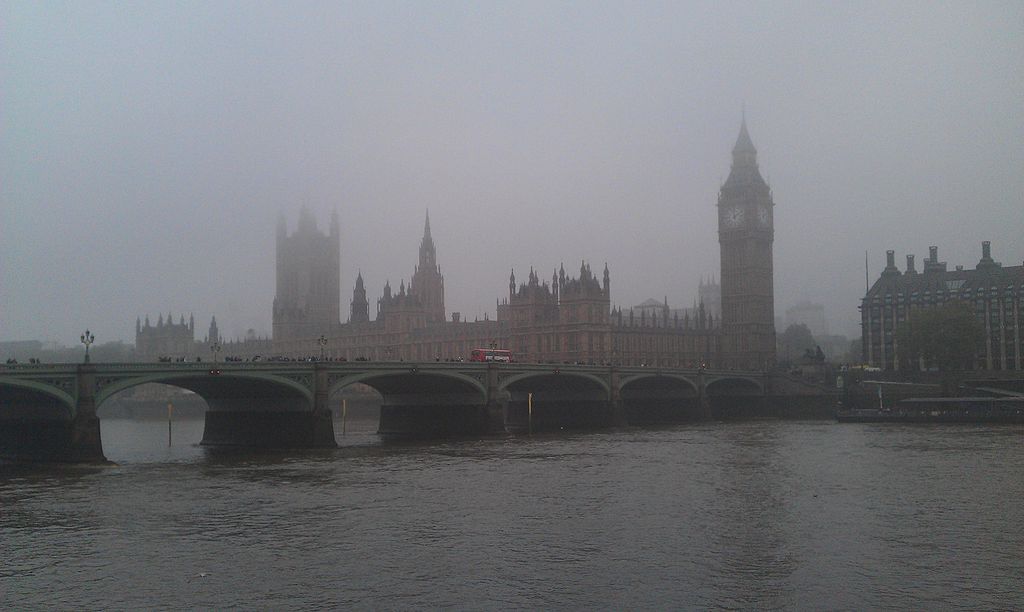
In December 1952, London was engulfed in a thick, toxic smog that lasted for five days. Caused by a combination of coal pollution and weather conditions, the smog led to respiratory problems and killed an estimated 12,000 people. It prompted major changes in environmental policies and public health regulations. The event highlighted the dangers of industrial pollution.
The War of the Stray Dog (1925)
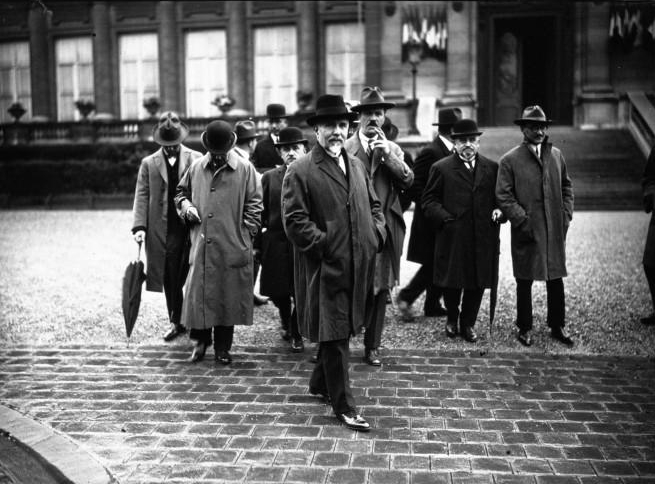
The War of the Stray Dog was a brief conflict between Greece and Bulgaria. It started when a Greek soldier chased his dog across the border and was shot by Bulgarian troops. This minor incident escalated into a military confrontation. The League of Nations intervened, and the conflict was resolved peacefully.
The Halifax Explosion (1917)
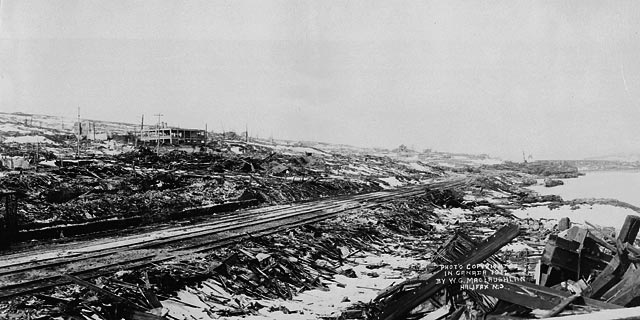
The Halifax Explosion was one of the largest non-nuclear explosions in history. It occurred when a French cargo ship carrying explosives collided with a Norwegian vessel in Halifax Harbor, Canada. The explosion killed approximately 2,000 people and destroyed much of the city. It led to advancements in emergency response and disaster management.
The Boston Molasses Disaster (1919)
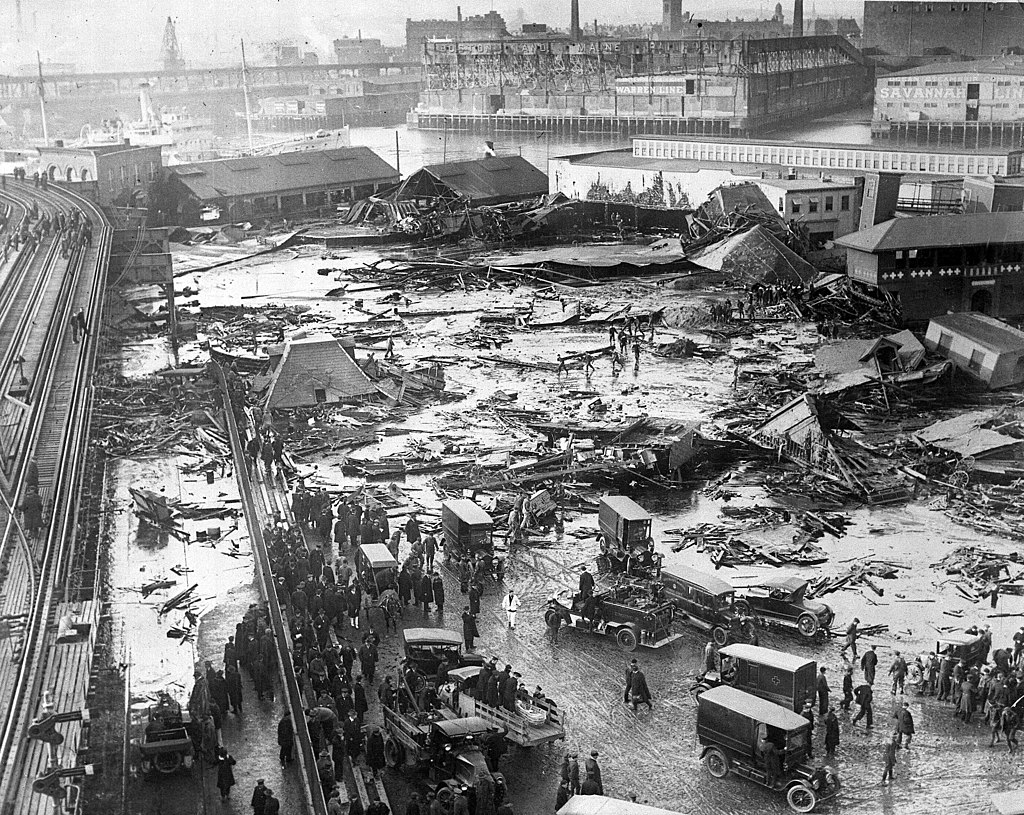
In 1919, a massive tank of molasses burst in Boston’s North End, releasing a wave of sticky syrup. The flood killed 21 people and caused significant damage to the area. The event, known as the Boston Molasses Disaster, highlighted the dangers of inadequate industrial safety standards. It also led to stricter regulations for storage facilities.
The Great Fire of Meireki (1657)
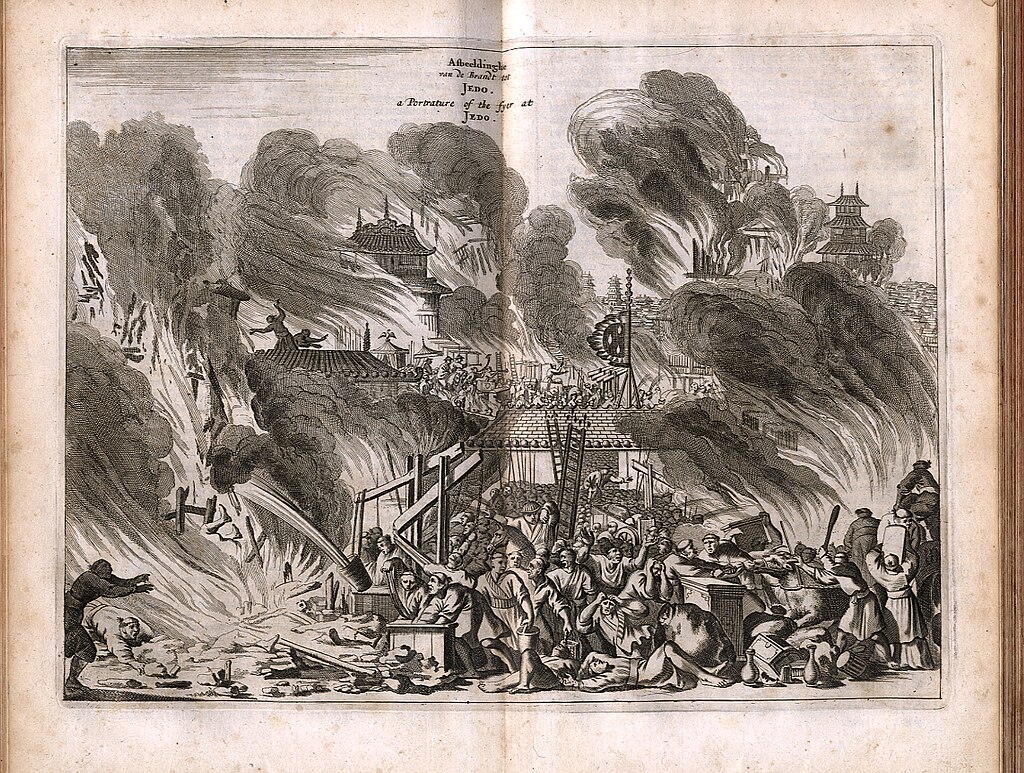
The Great Fire of Meireki devastated Edo (modern-day Tokyo), Japan, in 1657. The fire started in a temple and spread rapidly due to strong winds and wooden buildings. It burned for three days, killing an estimated 100,000 people and destroying much of the city. The disaster prompted changes in urban planning and fire prevention measures.
The Radium Girls (1920s)

The Radium Girls were female factory workers who contracted radiation poisoning from painting watch dials with radium-laced paint. In the 1920s, they were encouraged to lick their paintbrushes to maintain a fine point. Many suffered severe health issues, and some died. Their fight for justice led to improved industrial safety standards and workers’ rights.
The Beer Hall Putsch (1923)
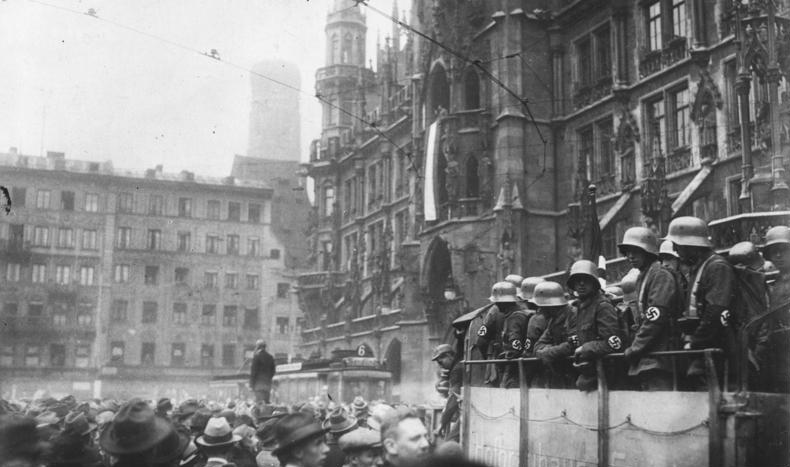
The Beer Hall Putsch was a failed coup attempt by Adolf Hitler and the Nazi Party in Munich, Germany. They aimed to overthrow the Weimar Republic and seize power. The putsch was quickly suppressed, and Hitler was arrested and imprisoned. The event was a significant moment in the rise of the Nazi Party, as Hitler used his trial to gain national attention.
The Cod Wars (1950s-1970s)
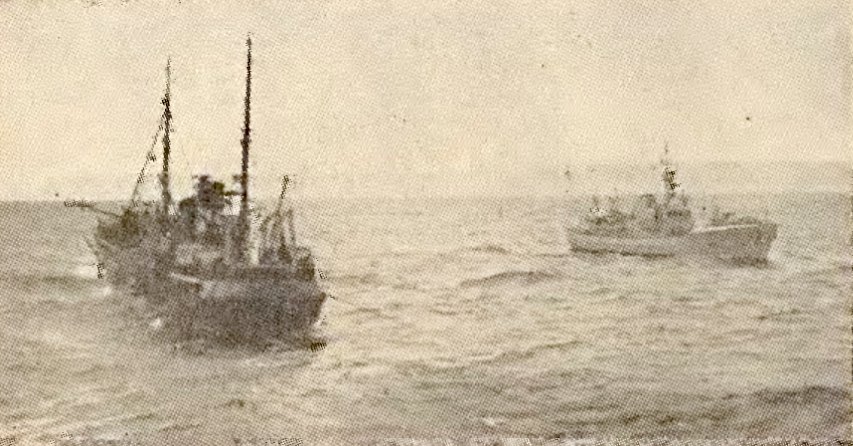
The Cod Wars were a series of disputes between the United Kingdom and Iceland over fishing rights in the North Atlantic. The conflicts, which occurred from the 1950s to the 1970s, involved aggressive naval encounters and diplomatic tensions. Iceland ultimately extended its fishing limits, significantly impacting the British fishing industry. The Cod Wars highlighted the importance of maritime resources and territorial waters.
The Taiping Rebellion (1850-1864)
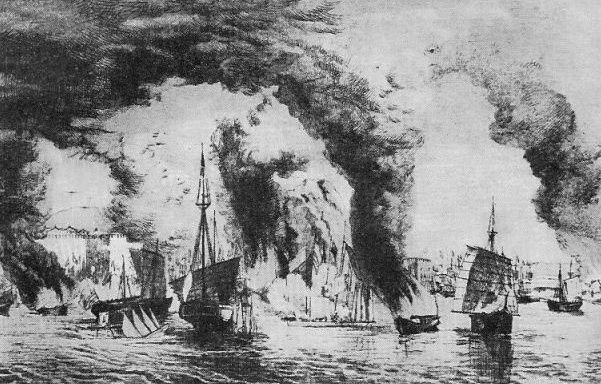
The Taiping Rebellion was a massive civil war in China led by Hong Xiuquan, who claimed to be the brother of Jesus Christ. The rebellion sought to overthrow the Qing Dynasty and establish a new, theocratic state. It resulted in the deaths of an estimated 20 to 30 million people, making it one of the deadliest conflicts in history. The rebellion had a profound impact on Chinese society and the Qing Dynasty’s stability.
The Banqiao Dam Disaster (1975)
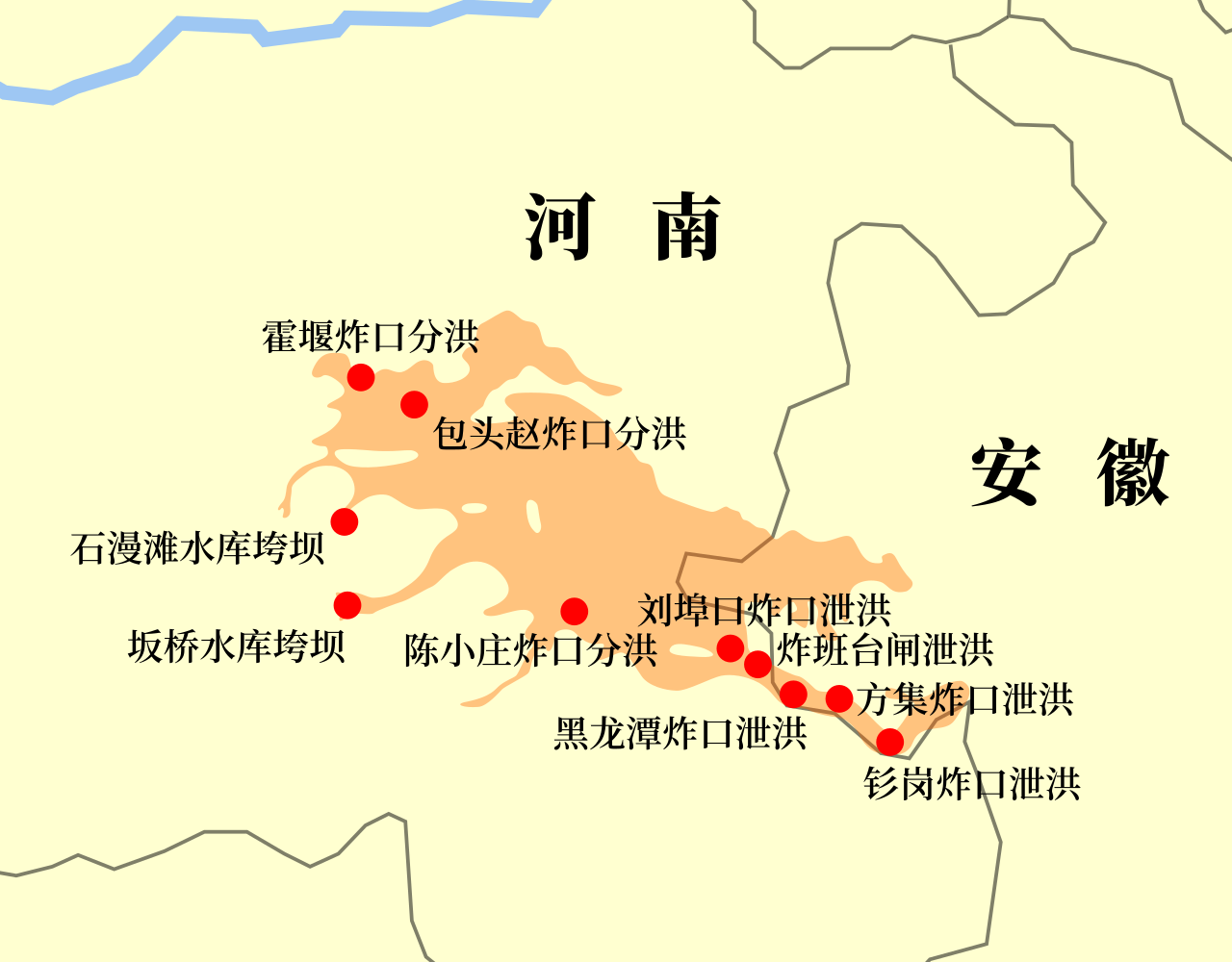
The Banqiao Dam Disaster in China was one of the deadliest dam failures in history. Heavy rainfall from a typhoon caused the dam to collapse, resulting in massive flooding. The disaster killed an estimated 171,000 people and displaced millions. It exposed weaknesses in China’s infrastructure and disaster preparedness.
The Battle of Kadesh (1274 BCE)

The Battle of Kadesh was a significant military engagement between the Egyptian Empire under Ramses II and the Hittite Empire. It is one of the earliest battles in recorded history with detailed accounts from both sides. The battle ended in a stalemate, but it led to the first known peace treaty in history. It demonstrated the complexities of ancient warfare and diplomacy.
The Republic of Rose Island (1968)
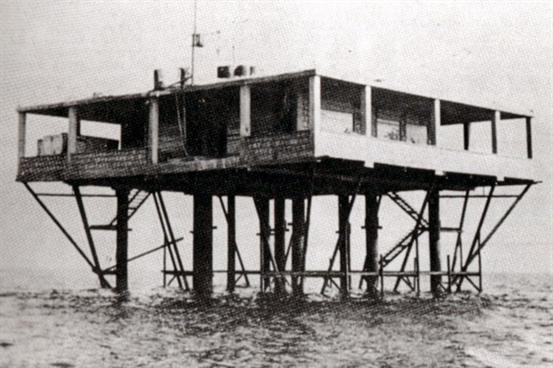
The Republic of Rose Island was a short-lived micronation founded on an artificial platform in the Adriatic Sea near Italy. Italian engineer Giorgio Rosa built the platform and declared it an independent state. The Italian government was not amused and quickly dismantled the island. The event remains a quirky footnote in the history of microstates.
The Dyatlov Pass Incident (1959)
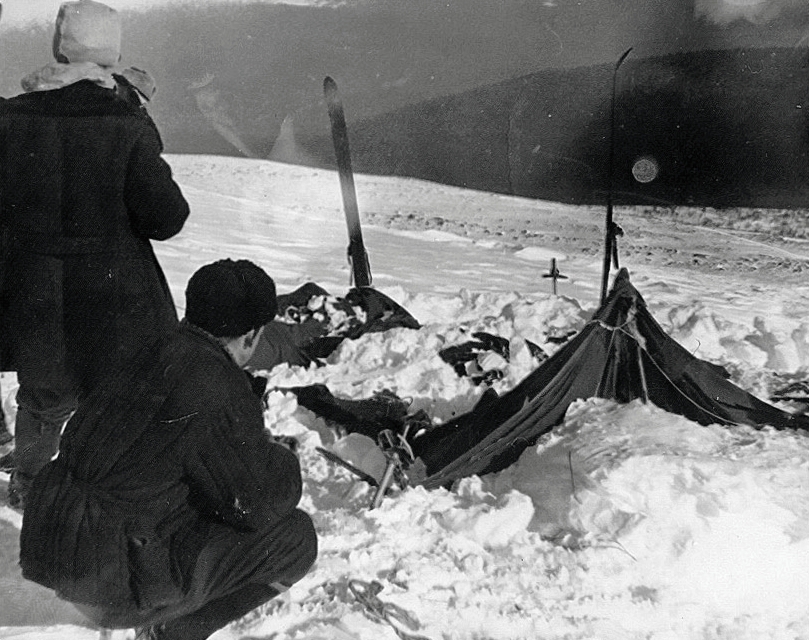
The Dyatlov Pass Incident involved the mysterious deaths of nine Soviet hikers in the Ural Mountains. The hikers’ tent was found torn from the inside, and their bodies showed strange injuries and signs of radiation. The cause of their deaths remains unsolved, leading to numerous conspiracy theories. It remains one of the most enigmatic and chilling mysteries in modern history.
The Santhal Rebellion (1855-1856)
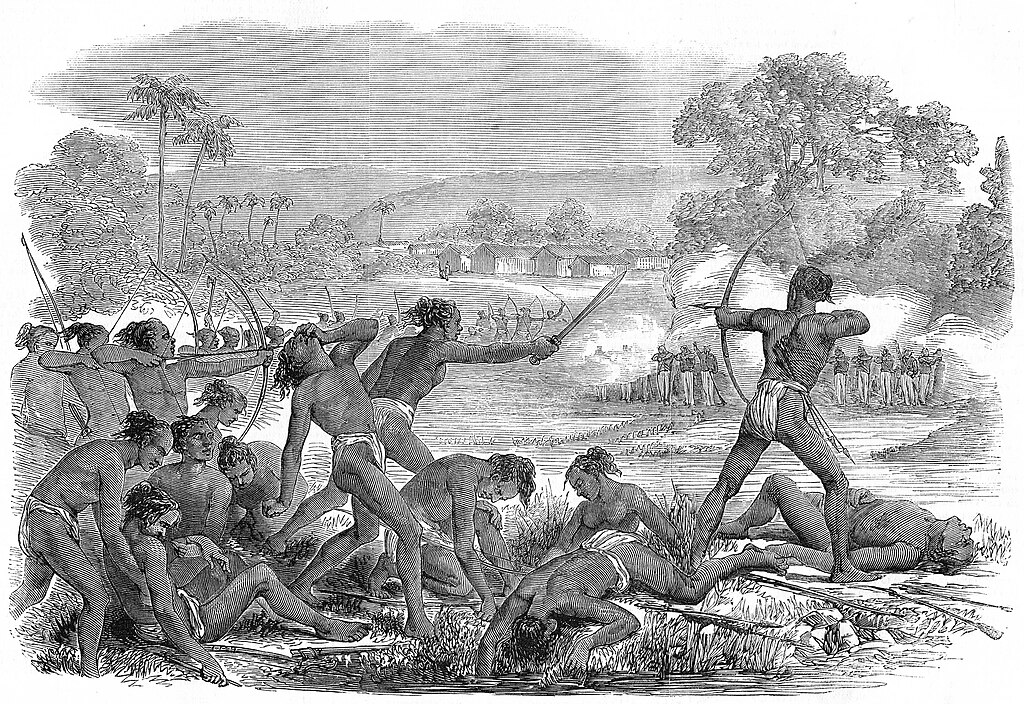
The Santhal Rebellion was an uprising by the Santhal people against British colonial rule in India. It was driven by grievances over oppressive policies and exploitation by landlords and moneylenders. The rebellion was brutally suppressed, but it highlighted the plight of indigenous communities under colonial rule. It played a role in the broader resistance to British rule in India.
The Night Witches (1942-1945)
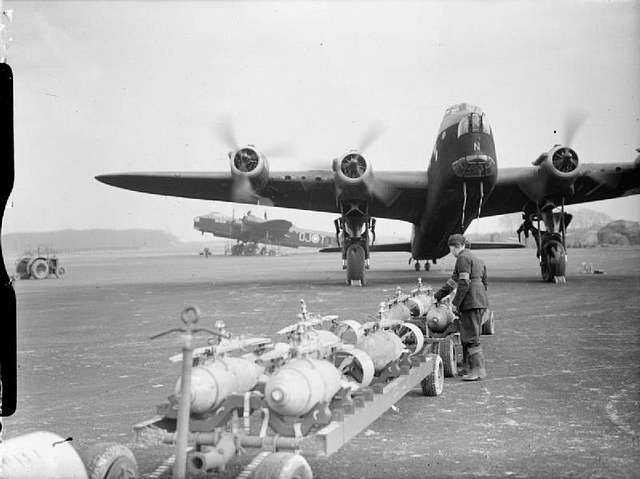
The Night Witches were an all-female Soviet Air Force regiment during World War II. They flew nocturnal bombing missions in old biplanes, often cutting their engines to silently glide over targets. Their daring tactics and effectiveness earned them the nickname “Night Witches” from the Germans. Their bravery and skill made them legendary figures in aviation history.
The Battle of Los Angeles (1942)
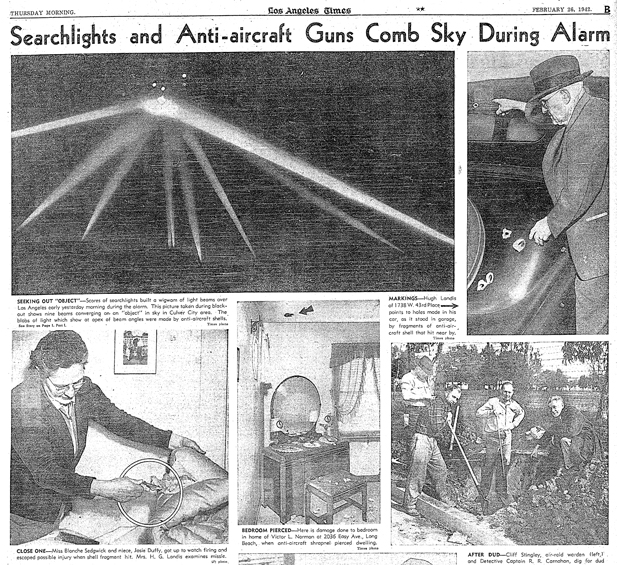
The Battle of Los Angeles was a false alarm during World War II, when anti-aircraft artillery was fired at what was believed to be an enemy attack. The incident occurred shortly after the attack on Pearl Harbor, leading to heightened anxiety on the U.S. West Coast. It was later determined to be a case of war nerves, possibly triggered by a weather balloon. The event highlighted the tense atmosphere in the U.S. during the early days of the war.
The Affair of the Poisons (1677-1682)
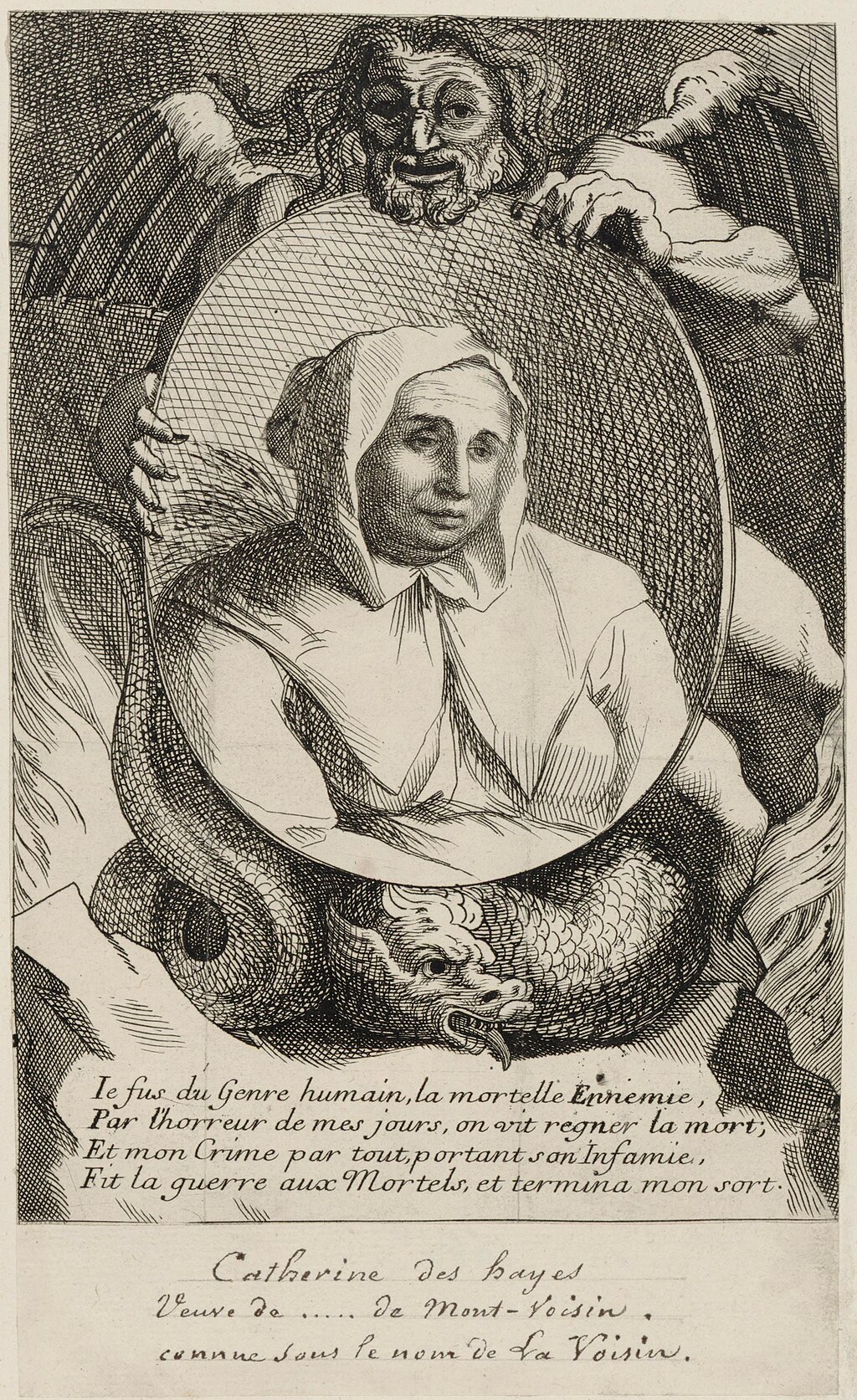
The Affair of the Poisons was a scandal involving allegations of witchcraft and murder in the court of Louis XIV of France. Many members of the nobility were implicated in using poison to eliminate rivals. The investigation led to numerous arrests and executions. The scandal exposed the dark underbelly of the French aristocracy and led to significant changes in how the court operated.
This article originally appeared on UnifyCosmos.
More from UnifyCosmos
20 Incredible Facts About the Engineering of the Panama Canal
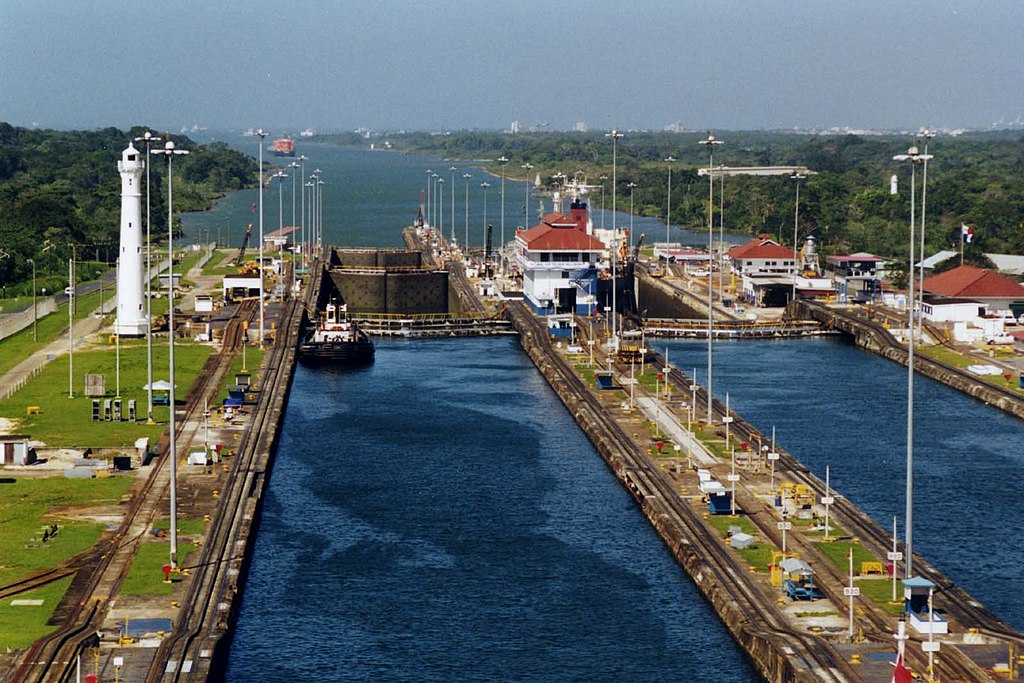
The canal’s construction faced enormous challenges, but its success reshaped international shipping routes. Read more!
Top 15 Budgeting Apps for All Types of Spenders (Mostly Free!)

With the right budgeting app, you can keep track of every dollar. There are plenty of great options, many of which are free. Read more!
15 Hidden Secrets of the Construction of Machu Picchu

These hidden secrets of its construction continue to intrigue and amaze those who study this wonder of the world. Read more!
Leave a Reply